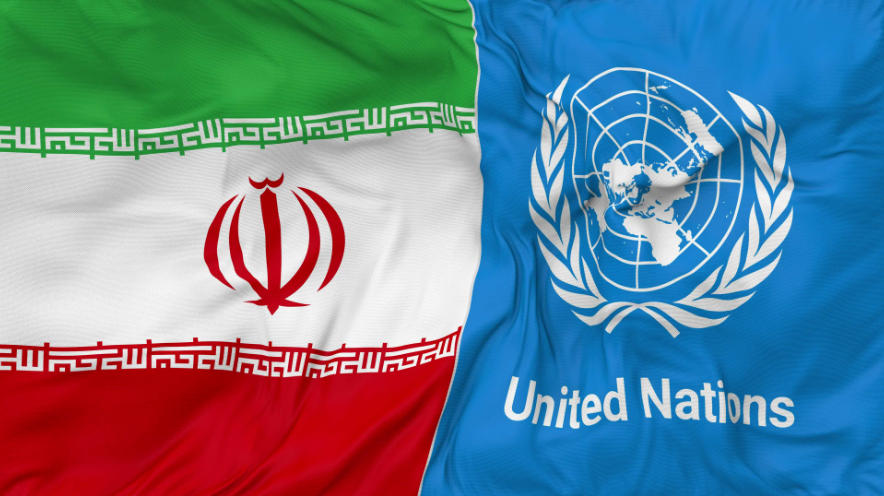I have recently been challenged with the question: “Has, for example, a San Remo agreement of 100 years ago a greater weight than the Oslo agreements between the parties involved?” The quick and easy answer is: “Yes, it has.”
The test of time
First, the strength of an agreement is not determined by its age. In contrast to human beings (as with my mother’s 105 years), the strength of an international agreement, if anything, can even increase with age by virtue of its having withstood the test of time, especially when it has essentially fulfilled its intended purpose.
More significantly, one might ask: Which has greater weight:
- an agreement signed by the Great Powers of the time and approved by the entire community of nations – all of which, Members of the precursor international organization to the United Nations (which, in fact, explicitly confirmed its preservation by Article 80, UN Charter) – without it ever having been rescinded or even challenged, abridged or amended, on the one hand; or, on the other,
- an agreement emanating from meetings originally held quasi in secret, with many questionable compromises and still unfulfilled conditions, whose very legality under international law is justifiably in question, as discussed below.
The Montevideo Convention
One valid and compelling question as regards the legality of the Oslo Accords is whether an international agreement made between a state party and a non-state party has any legal standing whatsoever under international law. Under the Montevideo Convention, an international treaty codifying the declarative theory of statehood as an accepted part of customary international law, a feature (indeed a condition) of statehood is the capacity to enter into international agreements with other state parties. Whatever status is currently attributed to “Palestine” in various international forums today, there was not even a pretense of “Palestinian” statehood when the Oslo agreements were being signed in the early-to-mid 1990’s.
Abbas’s Renunciation of the Oslo Accords
Palestinian Authority President Mahmoud Abbas has recently stated that he “doesn’t consider Oslo still in effect.” Clearly his personally expressed “consideration” does not nullify the agreement; nor do even outright infringements automatically void or invalidate an agreement. But a pronouncement of “abrogation” of the agreement, as recently reported by reputed Israeli expert and journalist Caroline Glick, can indeed nullify the agreement. “Abrogation” is a legal term with real legal content that means to officially abolish a law. Normally, to be truly in effect, an abrogation should be by mutual agreement of the parties. Some have in fact argued that the Oslo Accords should be abrogated by Israel. But until both sides officially “abrogate”, the Oslo Accords may be considered still ‘officially’ intact, which at the same does not perforce presuppose any ongoing validity or even their legality under international law. Since very little is really as it seems in this charged environment of ‘realpolitik’, and since situations and pronouncements are inclined to change from day to day, especially in the context of the heated Israeli-Palestinian debate, caution must be exercised in making premature judgments.
The final analysis
To wrap up my answer to the question: “Has, for example, a San Remo agreement of 100 years ago a greater weight than the Oslo agreements between the parties involved?”, it is hopefully not premature to state the following:
Whether the relative strength of the Oslo Accords of the 1990’s vis-à-vis the 100 year old San Remo agreements …
- relies on the argument that “the accords are no longer valid because the PLO or the PA have already rescinded the Accords either by declaring them void or by violating them in such a material manner that they are no longer in force,” per Israel attorney Joel Singer, referring to the Palestinian Authority; or
- whether it rests on the recent news that Palestine has just “abrogated” the Oslo Accords (even if the use of “abrogation” by the highly regarded spokeswoman Caroline Glick was meant only to describe Abbas’s recent statement to the International Criminal Court (ICC) that Israel’s declarations of intent to annex the “West Bank” settlements suffice for the PA to consider itself “absolved from all agreements with Israel and the United States”); or
- whether it depends on the Oslo Accords – exceptionally concluded between a state and a non-state party – ever having had any legal standing at all under international law;
… in the final analysis, all the above considered together gives the San Remo agreements (San Remo Resolution and Mandate for Palestine) a hands-down lead over the relative “weight” of the Oslo Accords, in any honest contest.
Dr. Cynthia Day Wallace, Senior Fellow, thinc.
Picture credit: SAAR YAACOV: GPO, 10/12/1994.



